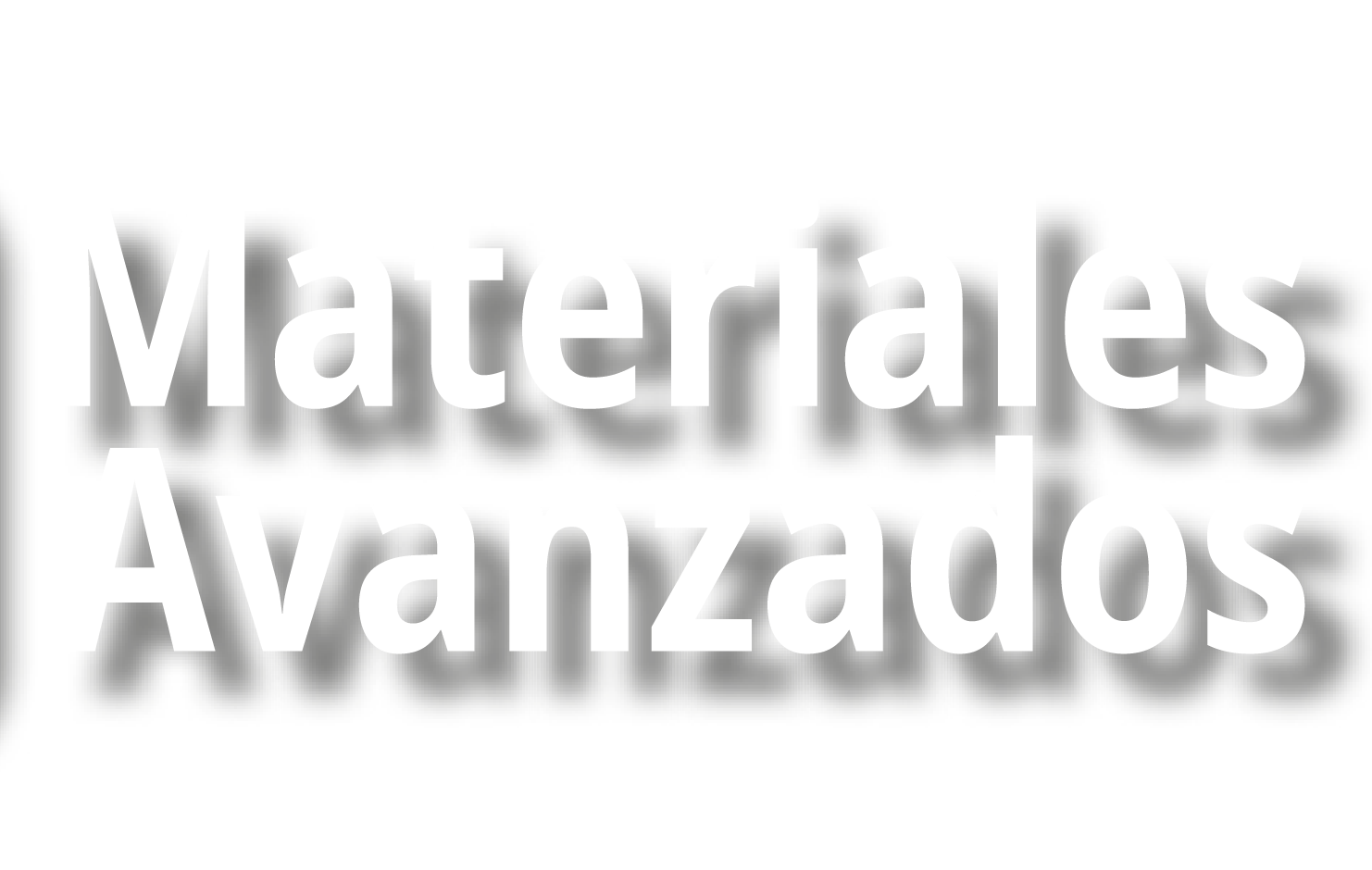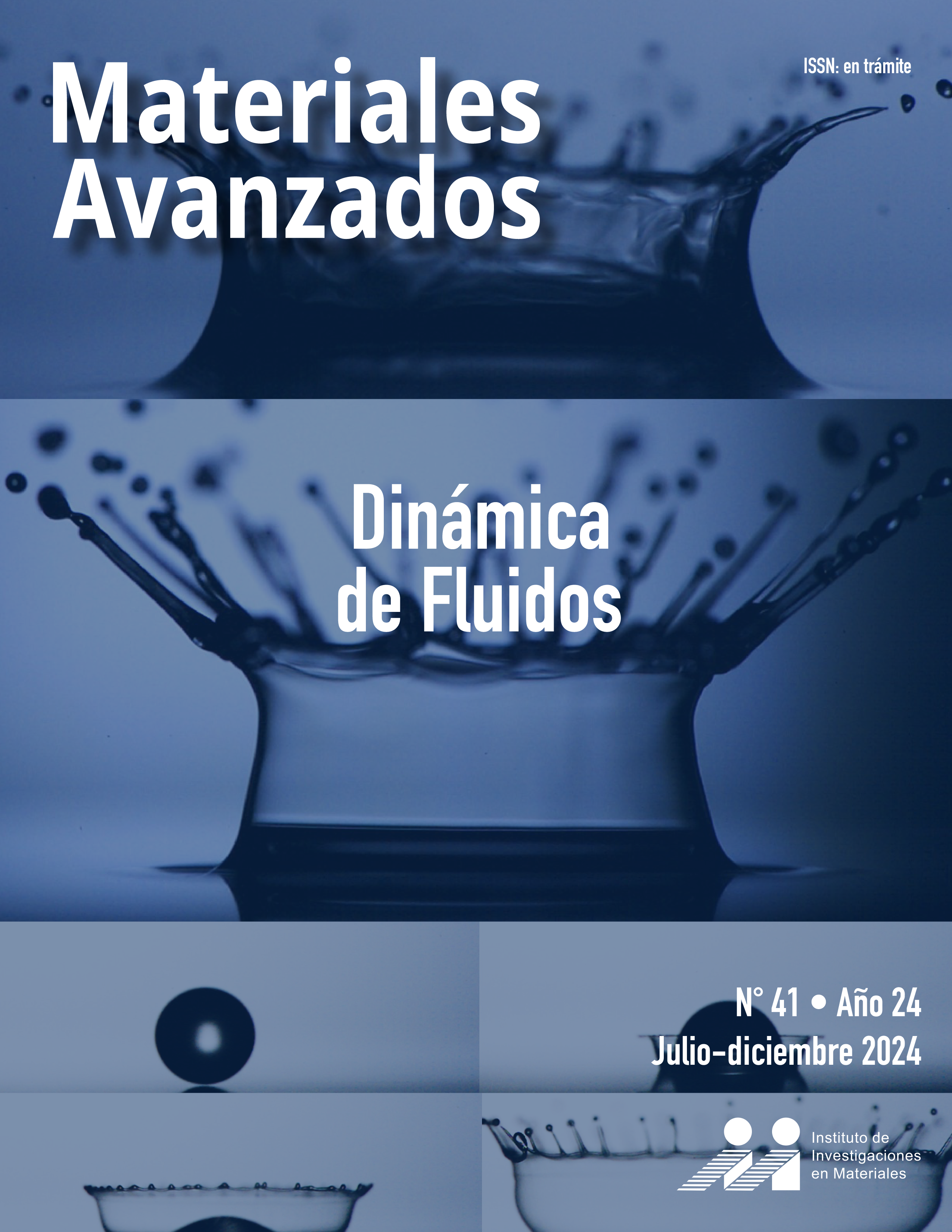Resumen
-
Citas
Cantellano, M.A.G., & Zetina, L.M.M. (2015). La espectroscopia y su tecnología: Un repaso histórico y su importancia para el siglo XXI. Latin-American Journal of Physics Education, 9(4), 13.
Guerlac, H. (1986). Can there Be Colors in the Dark? Physical Color Theory before Newton. Journal of the History of Ideas, 47(1), 3–20. https://doi.org/10.2307/2709592
Arkharov, A.M. (1995). Helium: History of its discovery, technology of its liquefaction, areas of its application. Chemical and Petroleum Engineering, 31, 50-60.
Peter G. Kevan, Lars Chittka, Adrian G. Dyer; Limits to the salience of ultraviolet: lessons from colour vision in bees and birds. J Exp Biol 15 July 2001; 204(14): 2571–2580. doi: https://doi.org/10.1242/jeb.204.14.2571
Cambridge University Astronomy (2021). Build your own spectroscope (kids crafting activity) | Cambridge Festival 2021 [Video]. YouTube https://www.youtube.com/watch?v=fW4aMOSVv_8&ab_channel=CambridgeUniversityAstronomy
Veras, G., Silva, E.C., Lyra, W.S., Soares, S.F.C., Guerreiro, T.B., & Santos, S.R.B. (2009). A portable, inexpensive and microcontrolled spectrophotometer based on white LED as light source and CD media as diffraction grid. Talanta, 77(3), 1155-1159.
Morán, L. (2023). ¿De qué color es nuestro sol? Ciencia UNAM.
Koski, K. The Dawn of the Quantum Theory. UC Davis.
Ibarra-Villalon, H.E. (2019). ¿Por qué el cielo es azul?
D.S. (2010). Una base de datos refleja el mecanismo de visión ultravioleta de las abejas. RTVE.es.

Esta obra está bajo una licencia internacional Creative Commons Atribución-NoComercial-SinDerivadas 4.0.
Derechos de autor 2024 Universidad Nacional Autónoma de México



